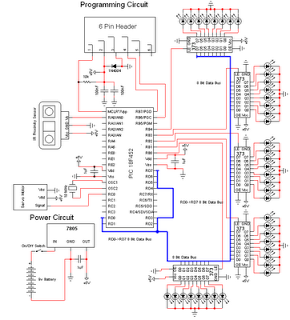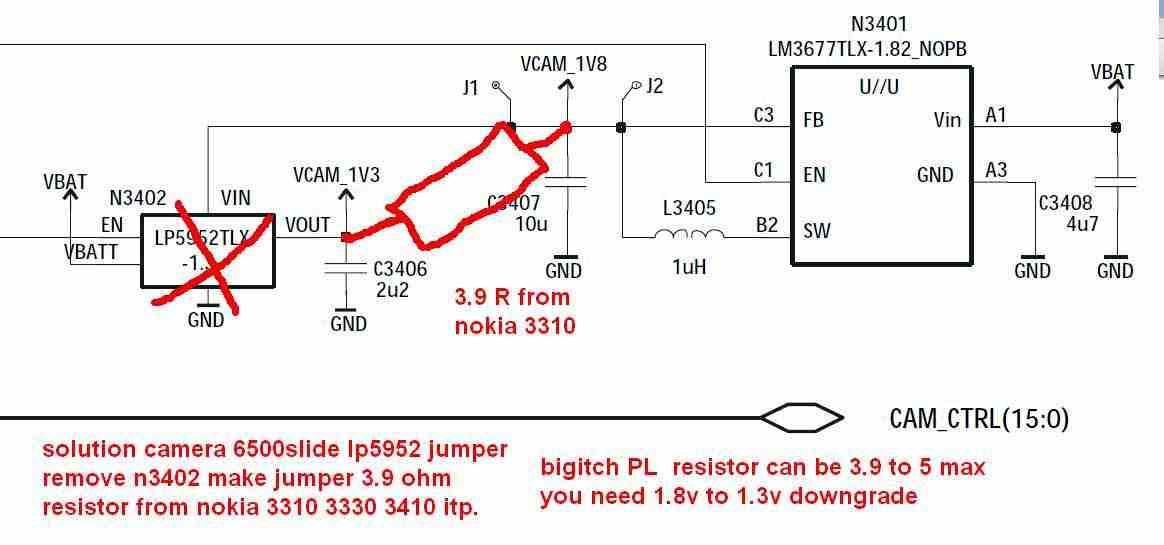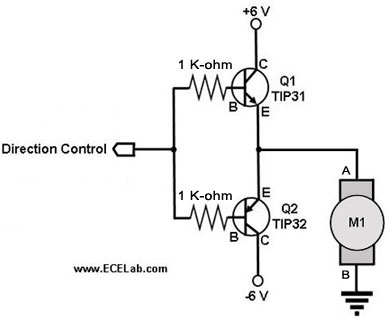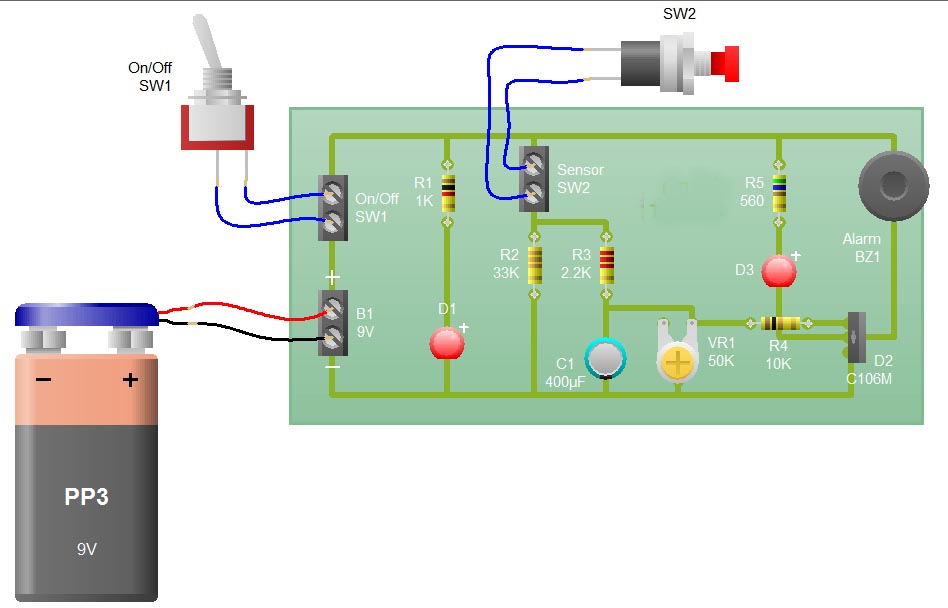
contruction of personal Radar System using PIC MIcrocontroller PIC18f452

The personal radar system utilizes the PIC microcontroller PIC18F452 as a hobby project. The attached circuit diagram of the radar may appear simple; however, careful analysis of the PIC18F452 radar circuit is necessary to prevent damage. This personal radar system employs three primary devices to achieve its functionality. The main objective of the project is to establish a basic working infrared (IR) radar system, which is designed to measure close proximity within a 90-degree angle. The operational range of the system varies depending on the chosen sensor, with ranges of approximately 4-30 cm, 20-150 cm, and 1-5.5 m.
The personal radar system based on the PIC18F452 microcontroller is a compact and efficient design intended for hobbyists and educational purposes. The circuit typically consists of the microcontroller, IR sensors, and necessary supporting components such as resistors, capacitors, and power supply circuitry. The PIC18F452 serves as the central processing unit, executing the programmed instructions to control the radar's operation.
The IR sensors function as the primary detection mechanism, emitting infrared light and measuring the reflected signals to determine the distance to an object. Depending on the specific sensor used, the radar can operate effectively within different ranges. For example, short-range sensors may be employed for detecting objects within 4-30 cm, while medium-range sensors can extend the detection capability to 20-150 cm, and long-range sensors can reach up to 1-5.5 m.
The design incorporates a simple user interface, which may consist of LEDs or an LCD display to provide real-time feedback on the detected distance. The output can be configured to trigger alarms or notifications based on proximity thresholds, enhancing the system's functionality for various applications such as obstacle detection, security systems, or even robotic navigation.
The circuit design requires careful attention to component selection and placement to ensure reliable operation. Proper power management is crucial, as the PIC microcontroller and sensors may have specific voltage and current requirements. Additionally, the microcontroller's programming must be meticulously crafted to handle sensor data processing, decision making, and output control to achieve the desired functionality of the personal radar system.Personal Radar System using PIC MIcrocontroller PIC18f452 is a microcontroller hobby project. The circuit diagram of radar is attached here below seemed a little bit simple schematic but you need careful reading of PIC18f452 radar circuit to avoid any damage. The project of personal Radar System using PIC MIcrocontroller PIC18f452 uses three main devices to create the personal radar system which are listed as below: The main function of the project is to create and have a simple functionality of a working IR radar system. The system will only be required to measure close proximity at an angle of 90 degrees as seen in the example above.
The range of system is roughly 4-30cm, 20-150cm & 1m-5. 5m depending upon which sensor you choose to use. 🔗 External reference
The personal radar system based on the PIC18F452 microcontroller is a compact and efficient design intended for hobbyists and educational purposes. The circuit typically consists of the microcontroller, IR sensors, and necessary supporting components such as resistors, capacitors, and power supply circuitry. The PIC18F452 serves as the central processing unit, executing the programmed instructions to control the radar's operation.
The IR sensors function as the primary detection mechanism, emitting infrared light and measuring the reflected signals to determine the distance to an object. Depending on the specific sensor used, the radar can operate effectively within different ranges. For example, short-range sensors may be employed for detecting objects within 4-30 cm, while medium-range sensors can extend the detection capability to 20-150 cm, and long-range sensors can reach up to 1-5.5 m.
The design incorporates a simple user interface, which may consist of LEDs or an LCD display to provide real-time feedback on the detected distance. The output can be configured to trigger alarms or notifications based on proximity thresholds, enhancing the system's functionality for various applications such as obstacle detection, security systems, or even robotic navigation.
The circuit design requires careful attention to component selection and placement to ensure reliable operation. Proper power management is crucial, as the PIC microcontroller and sensors may have specific voltage and current requirements. Additionally, the microcontroller's programming must be meticulously crafted to handle sensor data processing, decision making, and output control to achieve the desired functionality of the personal radar system.Personal Radar System using PIC MIcrocontroller PIC18f452 is a microcontroller hobby project. The circuit diagram of radar is attached here below seemed a little bit simple schematic but you need careful reading of PIC18f452 radar circuit to avoid any damage. The project of personal Radar System using PIC MIcrocontroller PIC18f452 uses three main devices to create the personal radar system which are listed as below: The main function of the project is to create and have a simple functionality of a working IR radar system. The system will only be required to measure close proximity at an angle of 90 degrees as seen in the example above.
The range of system is roughly 4-30cm, 20-150cm & 1m-5. 5m depending upon which sensor you choose to use. 🔗 External reference





